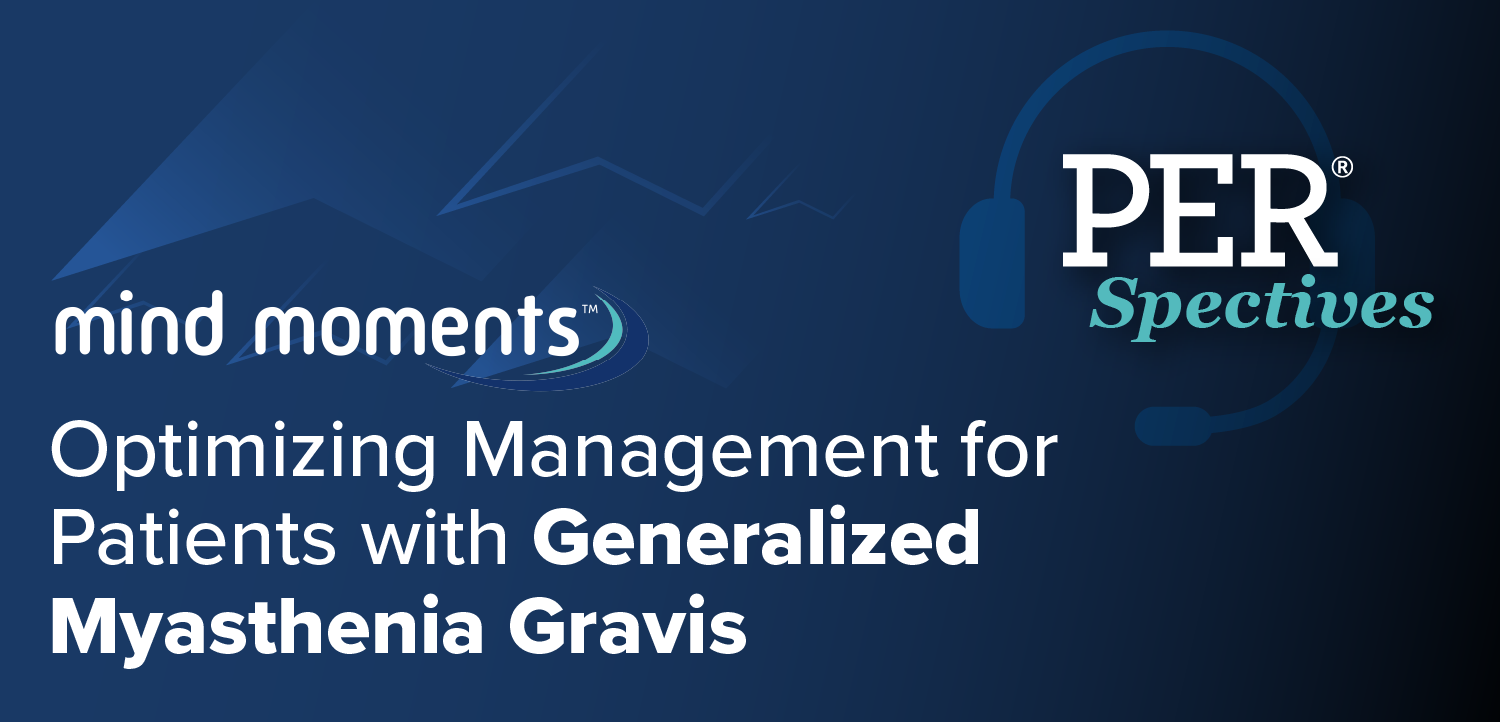
Rituximab’s Effect on NfL Levels Points to Possible Therapeutic Advantage in CIDP
Key Takeaways
- Rituximab showed potential benefits in CIDP patients, with significant improvement at 6 and 12 months, despite NfL levels not correlating with clinical outcomes.
- The CIDPRIT trial highlighted the need for randomized controlled trials to validate rituximab's efficacy due to the open-label design and small sample size.
A recent study suggests rituximab may benefit CIDP patients, showing improvement in neurofilament levels and clinical outcomes after treatment.
An analysis from the CIDPRIT trial showed that patients with chronic inflammatory demyelination polyneuropathy (CIDP) on rituximab trended towards stabilization or mild reduction in neurofilament light (NfL), a biomarker of neuroaxonal damage. While NfL levels did not correlate with clinical outcome measures, study investigators concluded there may be a potential benefit from using the treatment in this patient population.1
The CIDPRIT trial was a randomized, double-blind, placebo-controlled study in which CIDP patients on immunoglobulin therapy received either rituximab (1 g on days 1, 15, and 180 ± 7) or placebo, while continuing their regular immunoglobulin doses for six months after treatment. The analysis, presented at the
Led by Eduardo Nobile Orazio, MD, PhD, Neurology Unit Director in Humanitas Research Hospital, baseline NfL levels were significantly higher in the rituximab group than placebo coming into the study (estimated difference, 5.69; 95% CI, 2.13-9.25; P = .0022); however, this difference diminished at 6 and 12 months, losing statistical significance. Overall, investigators found that NfL levels correlated with neurophysiological parameters of axonal damage and demyelination, although they were not predictive of clinical relapses, despite being higher among patients with worsening.
CIDPRIT, a prospective exploratory study, had data first published in the journal of Neurology, Neurosurgery, & Psychiatry in late-2024. In the study, investigators used the proportion of patients who showed improvement 6 months after rituximab therapy. In addition, the percentage of responders to rituximab, along with a 95% CI, was reported and compared with the 30% response rate after other immunosuppressive drugs previously documented in the literature.2
Results showed that among the 17 treated patients, 13 (76.5%) showed improvement at 6 months (95% CI, 50.1-93.2) Among the 14 patients who completed the 12-month follow-up, 13 (92.9%) demonstrated improvement at 12 months (95% CI, 66.1-99.8). Of note, 2 patients were lost to follow-up after showing improvement at months 8 and 10, and 1 deteriorated at 6 months. No patients withdrew from the study because of adverse events, and investigators observed significant reduction of circulating CD19+ cells 15 days, 2, 6, and 12 months after treatment.
READ MORE:
Additional data from the study showed that the proportion of patients who improved at 12 months was comparable for those with a symptom duration before inclusion of less than 10 years (5 of 6; 83%) and more than 10 years (8 of 8; 100%; P = .43 Fisher’s exact test). The trend persisted at 12 months, even when including missing data (7 of 8; 78%) improved with less than 10 years and all patients improved with more than 10 years (P = .51; Fishers exact).
Overall, the published data supported the efficacy of rituximab in patients with CIDP not responding to first line therapies. As this was an open-label trial, it also emphasized the importance of conducting randomized controlled trials to validate these results.
"The estimated proportion of improvement observed in the historical control group was obtained from a study with a limited sample size and was, therefore, very variable by itself," the authors noted. "We calculated the sample size of the present study based on a comparison with this historical control group and this is a further limitation. The estimated sample size was too small to obtain an adequate level of precision for the estimates of improvement."
They added, "This is, however, an exploratory study, and the high proportion of improvement still gives some suggestions on a possible positive effect of rituximab, independently from the comparison with previously reported data. It is worth noting, that the improvement in electrodiagnostic parameters, which occurred in most patients after therapy with rituximab, is an objective, unbiased element supporting the effectiveness of the drug."
REFERENCES
1. Gallo C, Doneddu P, Collet-Vidiella R, et al. Effect of rituximab on neurofilament in CIDP: data from the CIDPRIT randomized controlled trial. Presented at: 2025 PNS Annual Meeting; May 17-20. Abstract P313.
2. Doneddu PE, Cocito D, Fazio R, et al. Prospective open-label trial with rituximab in patients with chronic inflammatory demyelinating polyradiculoneuropathy not responding to conventional immune therapies. J Neurol Neurosurg Psychiatry. 2024;95(9):838-844. doi: 10.1136/jnnp-2023-332844.
Newsletter
Keep your finger on the pulse of neurology—subscribe to NeurologyLive for expert interviews, new data, and breakthrough treatment updates.




































